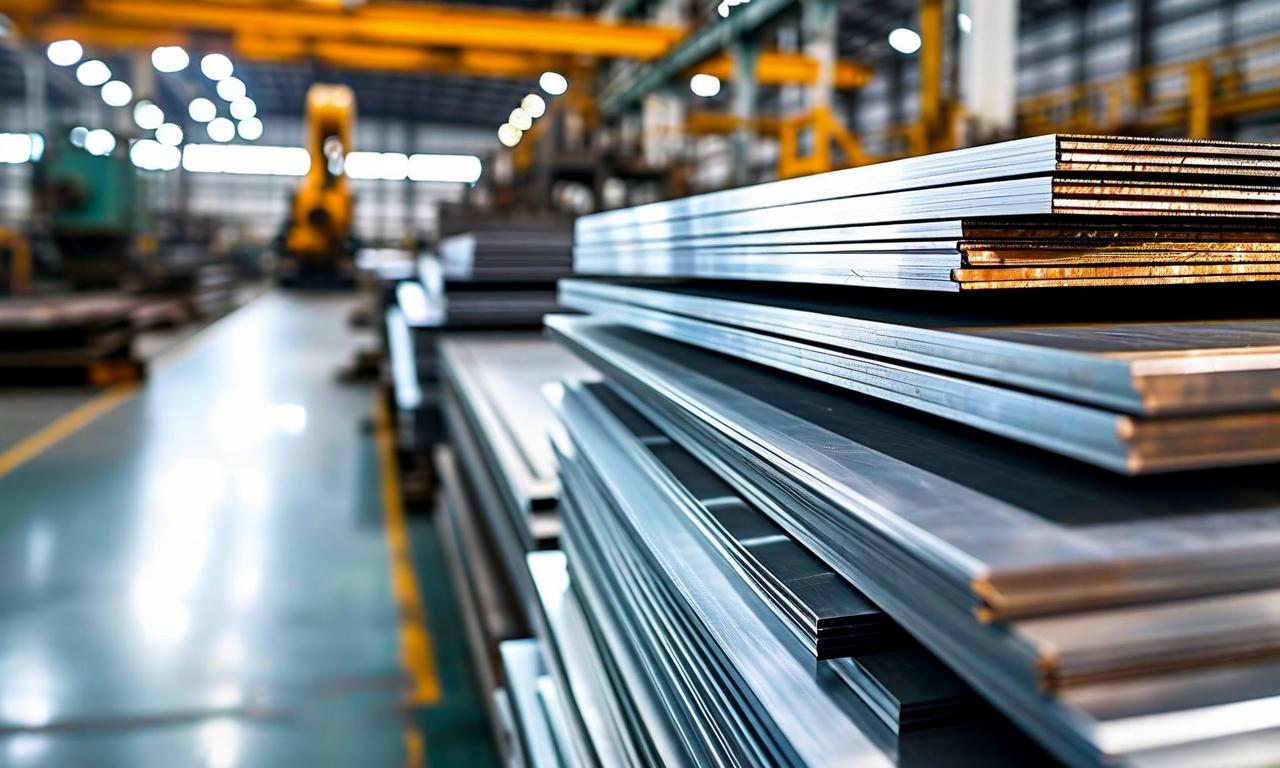US Broadens Steel and Aluminum Tariffs, Adding 407 New Product Codes
The US government has significantly expanded its steel and aluminum tariff program, adding 407 new product codes under the Harmonized Tariff Schedule. This expansion broadens the scope of existing tariff measures, potentially affecting a wide range of industries reliant on steel and aluminum imports. The move aims to protect domestic industries but may lead to supply chain disruptions, increased production costs, and potential impacts on international trade relations. Companies importing affected products may face higher costs, while domestic producers could see a boost.

*this image is generated using AI for illustrative purposes only.
The United States government has announced a significant expansion of its steel and aluminum tariff program, encompassing an additional 407 product codes under the Harmonized Tariff Schedule of the United States (HTSUS). This move represents a substantial broadening of the existing tariff measures, extending their reach to a wider array of steel and aluminum products.
Expanded Tariff Coverage
The latest action by the US administration targets a diverse range of steel and aluminum items, effectively widening the net of products subject to import duties. The inclusion of 407 new HTSUS codes suggests a comprehensive approach to trade policy in these sectors, potentially affecting a broad spectrum of industries that rely on steel and aluminum imports.
Implications for Trade and Industry
This expansion of tariffs is likely to have far-reaching consequences:
- Supply Chain Disruptions: Companies importing steel and aluminum products newly added to the tariff list may face increased costs and potential supply chain challenges.
- Domestic Production: The move could potentially boost domestic steel and aluminum production as imports become more expensive.
- International Trade Relations: This decision may impact trade relationships with key steel and aluminum exporting countries, possibly leading to retaliatory measures.
- Consumer Prices: Industries relying on these newly tariffed products might see increased production costs, which could potentially be passed on to consumers.
Context of US Trade Policy
The expansion of steel and aluminum tariffs aligns with the broader US strategy of protecting domestic industries and addressing trade imbalances. This move follows previous tariff implementations on steel and aluminum imports, which have been a contentious issue in international trade discussions.
Looking Ahead
As this policy takes effect, stakeholders across various industries will be closely monitoring its impact on trade flows, production costs, and international relations. The expansion of these tariffs marks a significant development in US trade policy, with potential ripple effects throughout the global steel and aluminum markets.
Businesses involved in steel and aluminum trade are advised to review the new list of HTSUS codes to understand how this expansion might affect their operations and to plan accordingly for potential cost increases or supply chain adjustments.

























